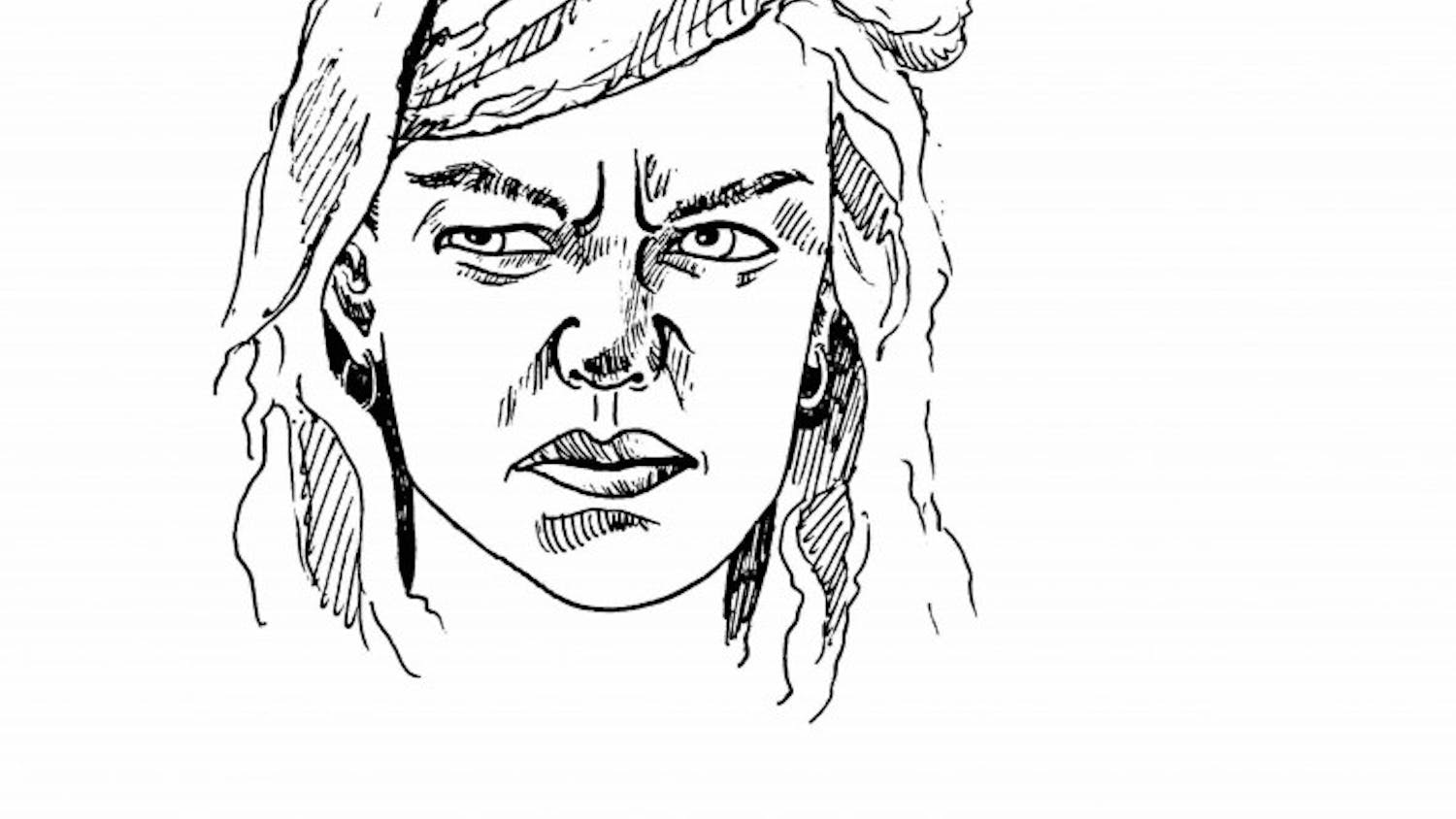Museums originated from Western collectors displaying “artifacts” from other cultures. Indeed, many items in museum collections are there because they were donated by collectors of such “ethnic” artifacts. So, given this early practice of showcasing travels, conquest and wealth, what is the responsibility of the museum today? Do museums have an obligation to educate the public about other cultures and their history? Even if that position were the consensus, which it is far from being, there is still more discourse about whether or not an institution should be the final proprietor of knowledge that originates from indigenous communities and how a museum should fulfill its purpose if it should not be. For example, some are pushing museums to consult with indigenous communities to make curatorial decisions.
For now, despite the unsettled debate, I will write under the framework that museums do have this obligation to educate and focus on how this might be accomplished in a way that is respectful to indigenous communities. In terms of Native American culture, the idea of museums functioning as public educators brings with it a whole host of connected questions.
First of all, though the public should be educated on Native cultures and histories, there is a limit to what it is appropriate for non-Native people to know. Of course, this varies greatly by tribe; different cultures have different relationships to knowledge, which might push them to share more or less of their culture with non-tribal individuals. The discourse on the degree of cultural exposure is an excellent opportunity for communities to have input so that only what they are comfortable with is made available at museums.
Another aspect to consider is how the public views Native people and how museums contribute to reinforcing that stereotype. There is a constant issue of indigenous people being framed as the “Noble Savage” due to imperialism, the hegemonic retelling of Native history and its continuous impacts. Certain aspects of the narrative are wiped away, while others are exaggerated, romanticized or “cleaned up.” One need only look to films like “Pocahontas” and “Dances With Wolves” to see this kind of rewritten, idealized history. If a museum were to focus extensively on the history of Native Americans through the lens of encounters with Europeans, it is likely that the Native American narrative would morph into a victim story. Thus, it might be necessary to provide a tribe-specific narrative of colonialism that does not leave out the brutal details, but also includes indigenous strength in the face of this oppression. In the process of incorporating Native communities in curating museums in order to represent them appropriately, both community members and museum staff would need to juggle all of the aforementioned issues.
An additional point of consideration museums must make is that Western history museums often employ a linear “progress” narrative about their own history. This is possible because the Western narrative is generally the dominant one. It is assumed there is no need to question Western progress; it is the standard by which all “others” are judged. Furthermore, Western society sees itself in the current moment as being the epitome of ever-advancing progress. On the other hand, when Europeans encountered Native people, they saw our way of life as lesser than the Western standard of what may be considered “civilized.” This is embedded in the history, culture and even the legal system of the United States. Thus, a linear portrayal of indigenous history plays into the binary of “savages” versus the “civilized.”
Moreover, many indigenous communities do not adhere to a linear idea of time. Author Leslie Marmon Silko said in an interview that for her and her Laguna Pueblo community, things that happened 500 years ago and things that happen today are equally immediate . In this instance, Silko is referring to colonial violence, but this fluid conception of time that is focused on experience rather than hard dates is also true in many other Native communities, and relates directly to oral tradition and ancestral experience. Therefore, a museum’s portrayal of “linear progress” for Native history is both damaging in terms of indigenous presentation and to the accurate depiction of many indigenous world views.
In correcting this habit of portraying Native peoples in the same linear progression format as Western cultures we must be careful to avoid focusing too much on modern Native life without a historical context, as it might also erase important cultural values inherent to a group’s contemporary identity. The challenge museum curators face is creating a balance between a contemporary focus and too much tribal representation derived from the past, trapping Native people in a “primitive” state and erasing the narratives of indigenous people today.
So, with all of that in mind, how do these lessons tie back to Dartmouth’s Hood Museum? According to the Hood’s curator of Native American art Jami Powell, Hood has focused on contemporary Native art. This is a valid approach because contemporary Native art is often a great way to portray the modern issues faced by indigenous people and incorporates a continuum of traditions with new materials and those that have been used for generations. For example, a digital print displayed in the Hood called “Fringe” by Rebecca Belmore, a member of the Lac Seul First Nation, portrays a woman laying on her side with a huge gash through her back. The wound is sewed up and interlaced with fringe. This work is meant to comment on violence against women, specifically indigenous women. It is a very emotional piece, and is meant to symbolize the strength of indigenous communities and women, even through the painful healing process. The woman portrayed is very much alive and is dealing with her wounds through her culture.
Regarding maintaining traditional artistic methods, the Tlingit clan hat by Preston Singletary discussed in my previous article is an excellent example. Singletary incorporated designs of “at.óox” or sacred objects, “kootéeyaa” (totem poles) and woven baskets into glass works. These designs draw heavily from generations of traditional knowledge but use a new medium to convey that knowledge. Nicholas Galanin, another Tlingit artist with work featured at the Hood, carved a full kootéeyaa that was erected in 2018 in Juneau at Sealaska’s Celebration. The forms and work on this pole look very similar to kootéeyaa from over a century ago, showing how Galanin deliberately called upon traditional techniques through his contemporary art.
Using contemporary art to replace older, stolen objects is an imperfect, but likely the least inaccurate portrayal of Native cultures because it transcends western ideas of linear time and progress to more fully exemplify indigenous world views. Indigenous culture is alive. There are traditions from hundreds of years ago that are still in practice and the adoption of new media and art forms simply adds to these traditions. These are all representations of indigenous culture that are able to span thousands of years through depictions of ancient designs and oral tradition, but simultaneously be art objects produced in an ever-changing world filled with ever-changing people.



